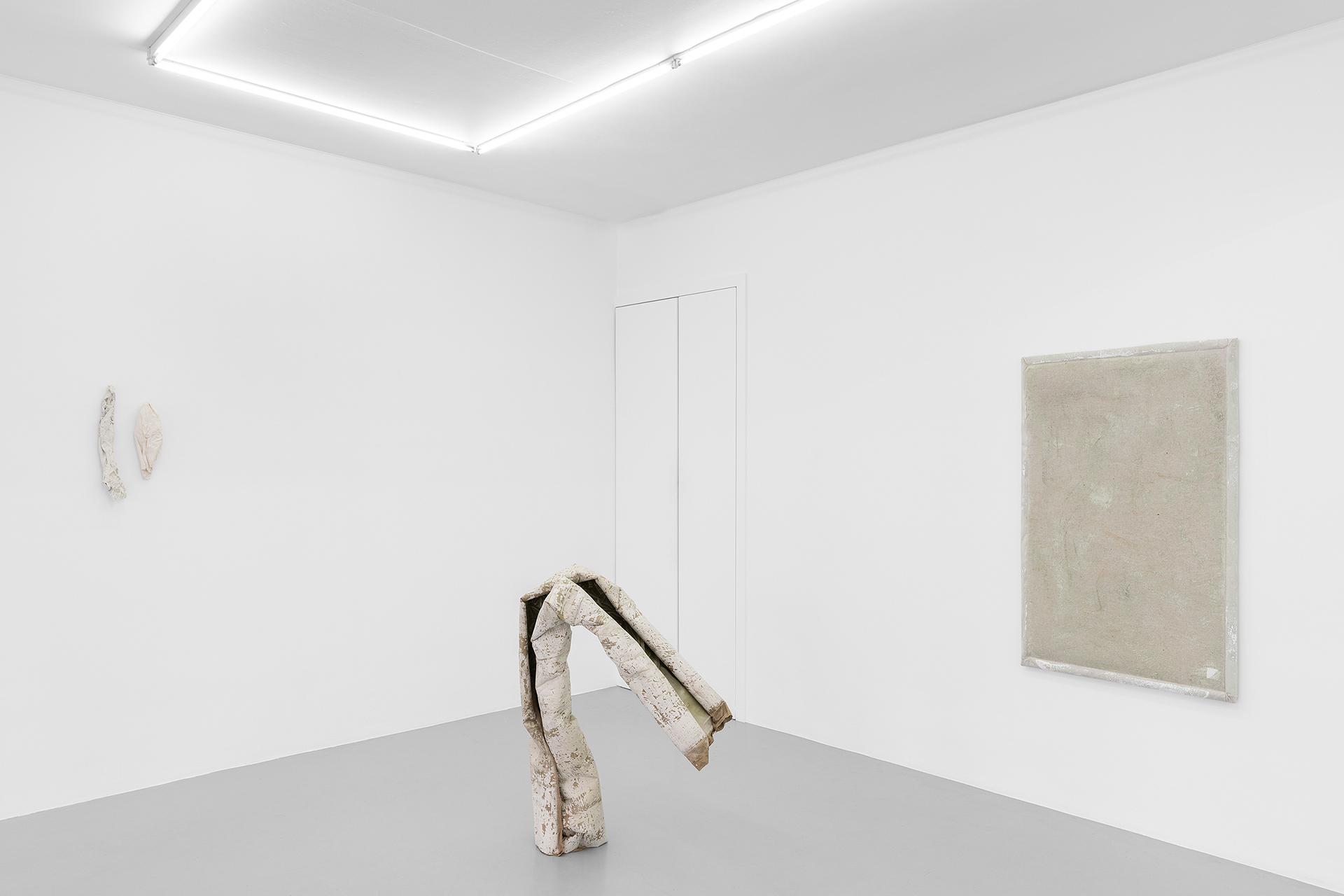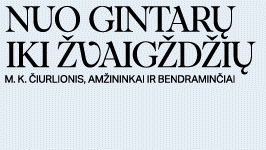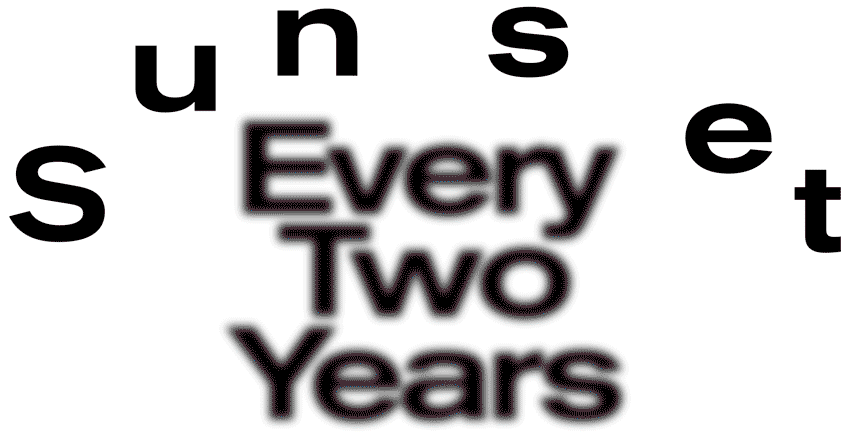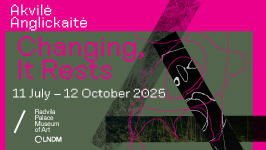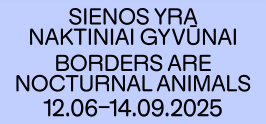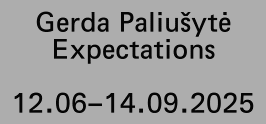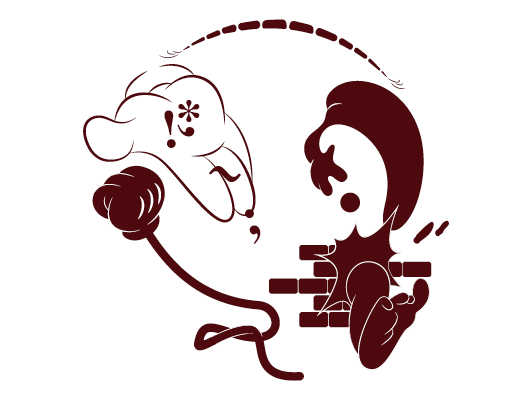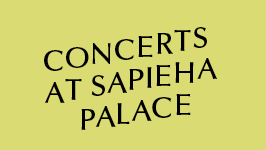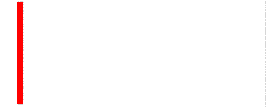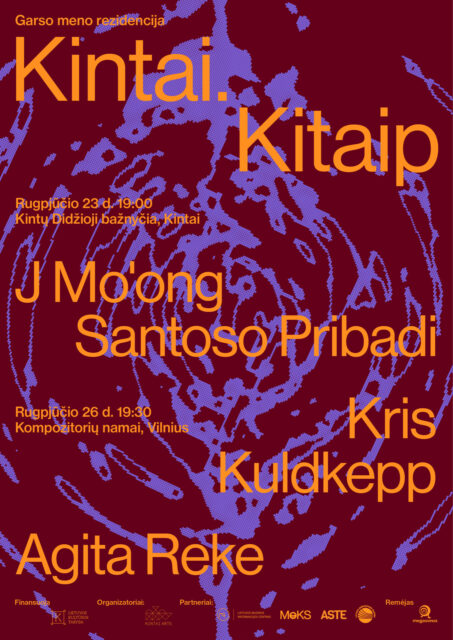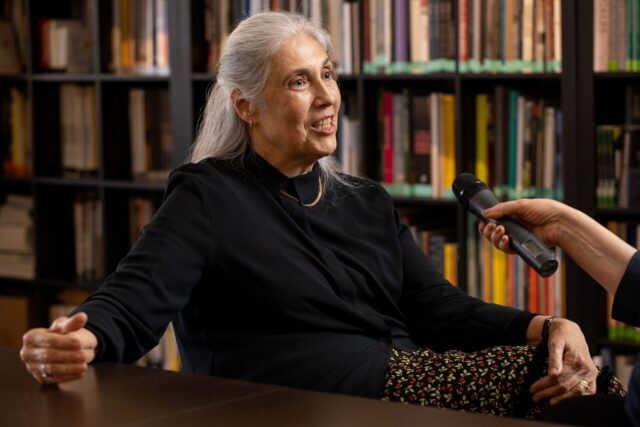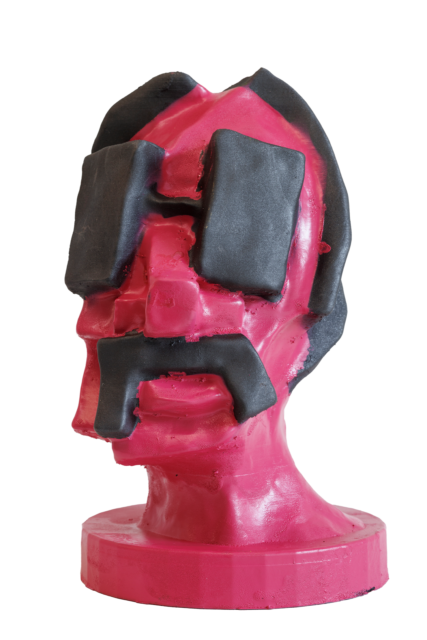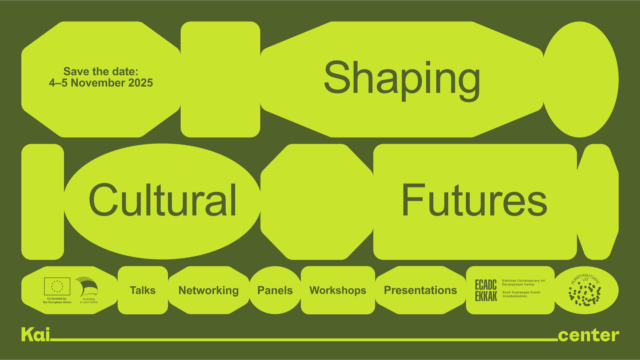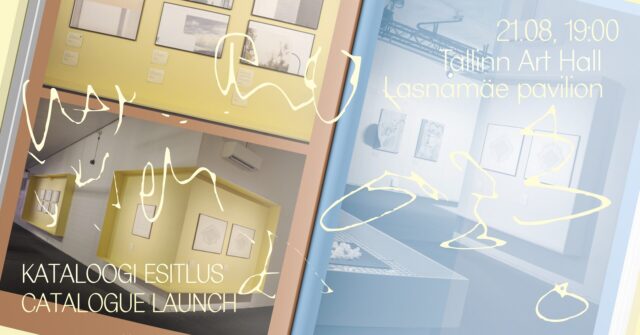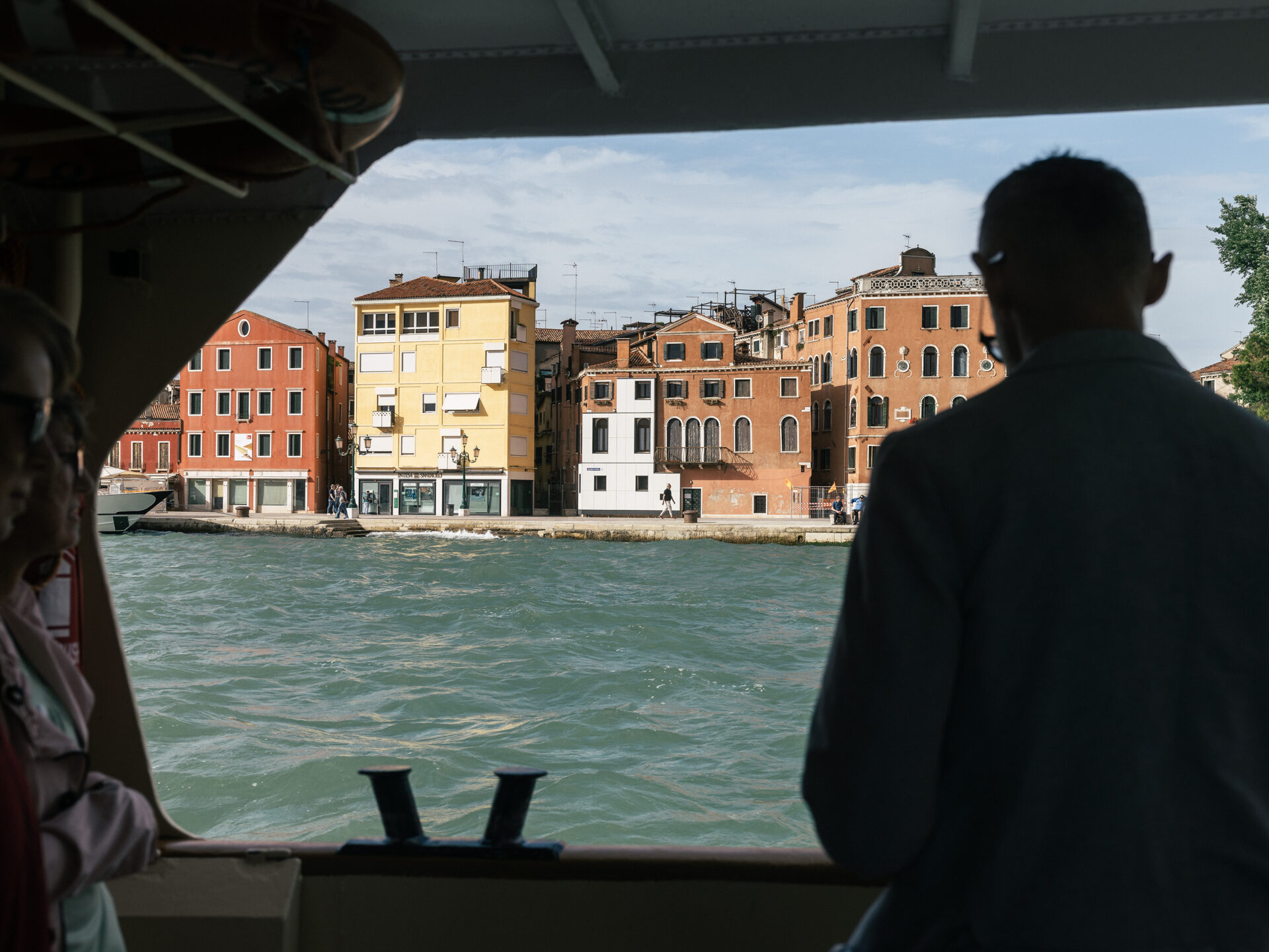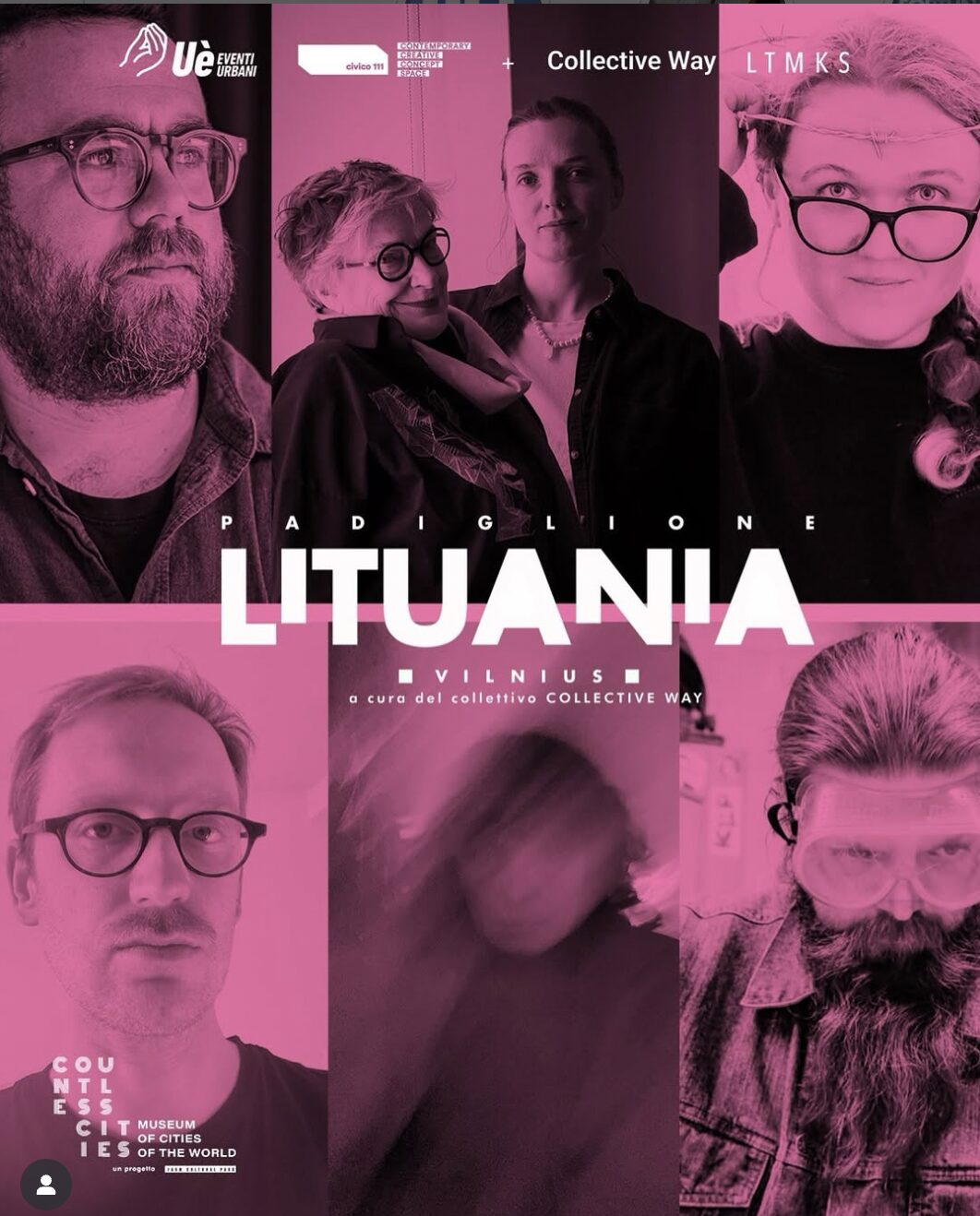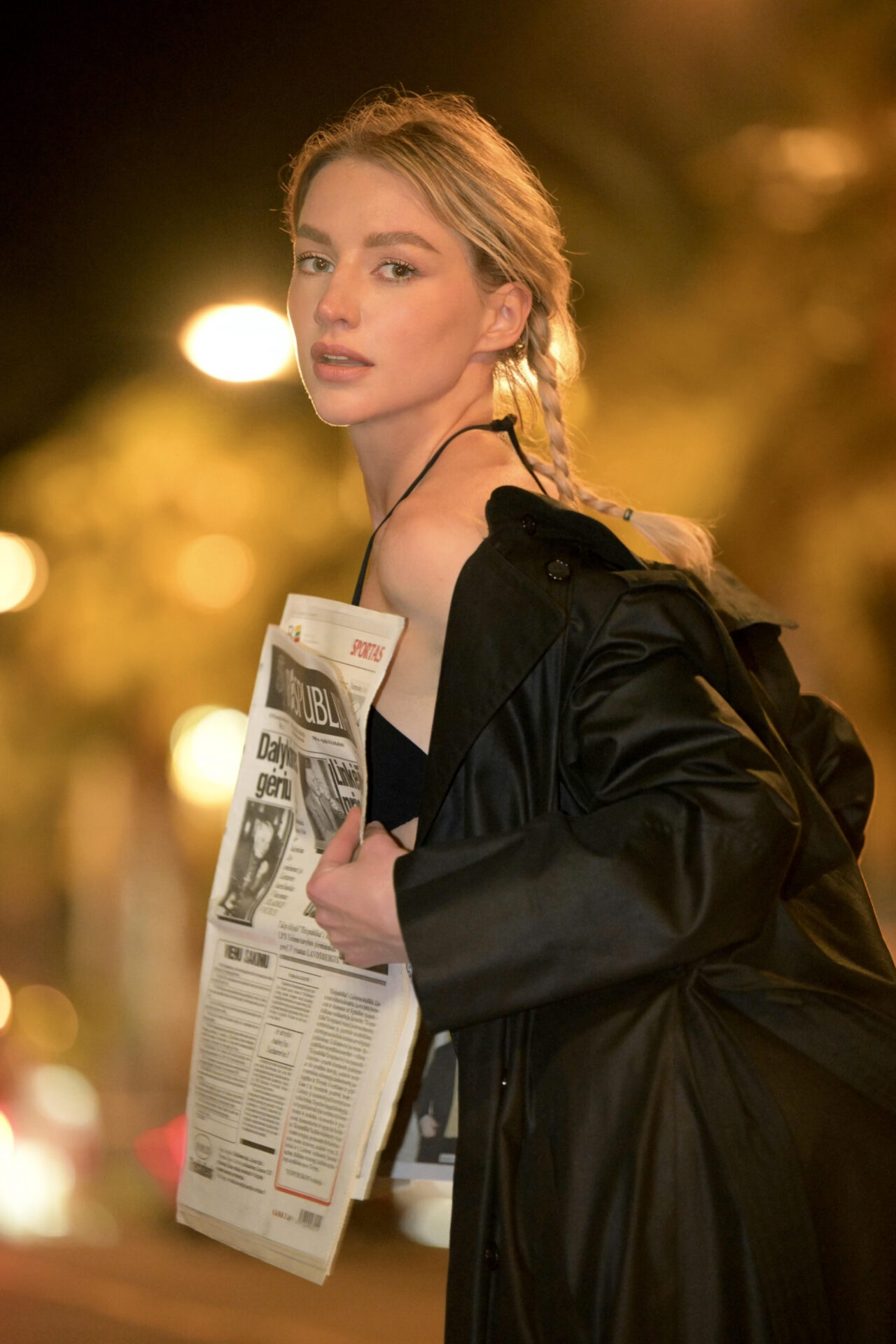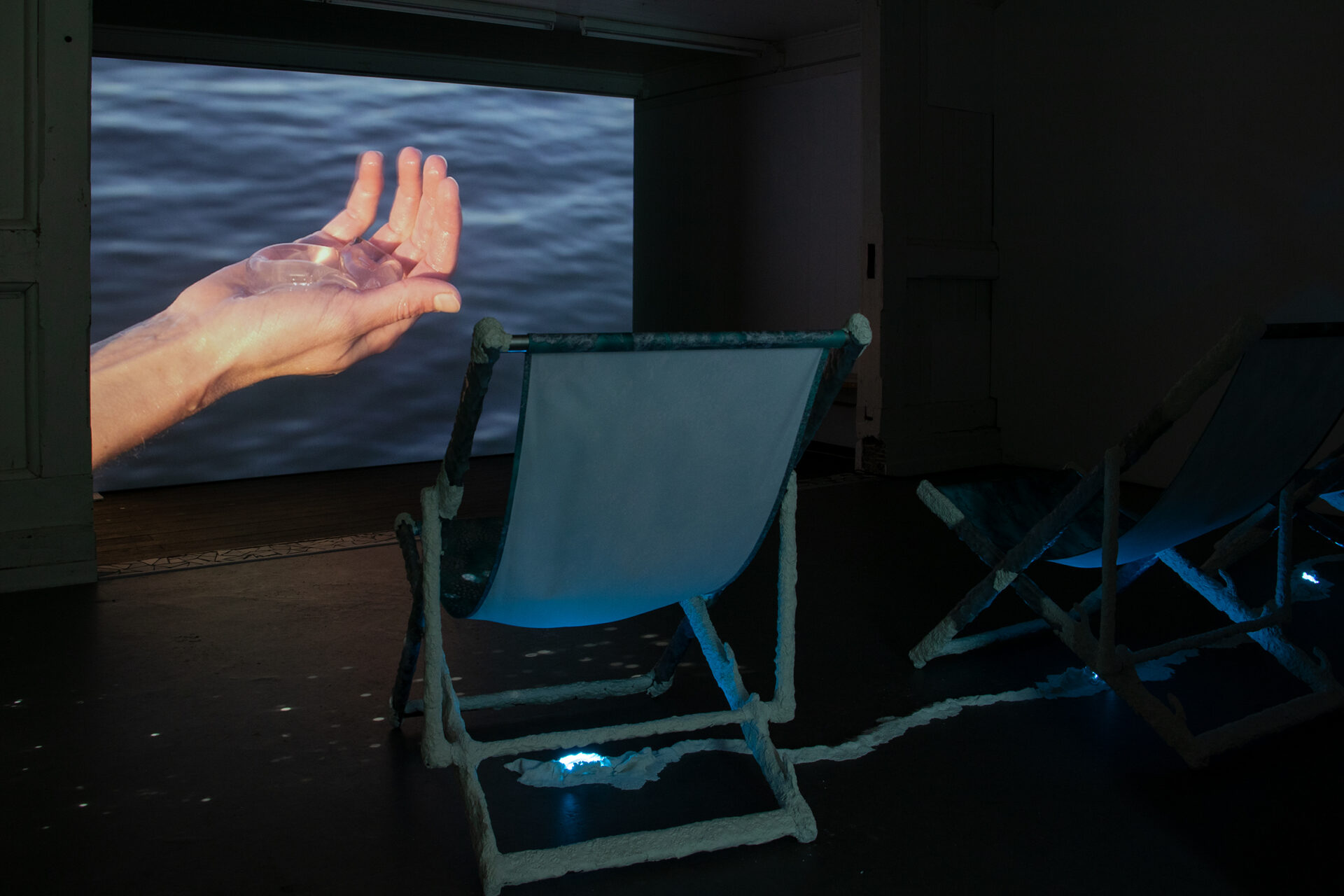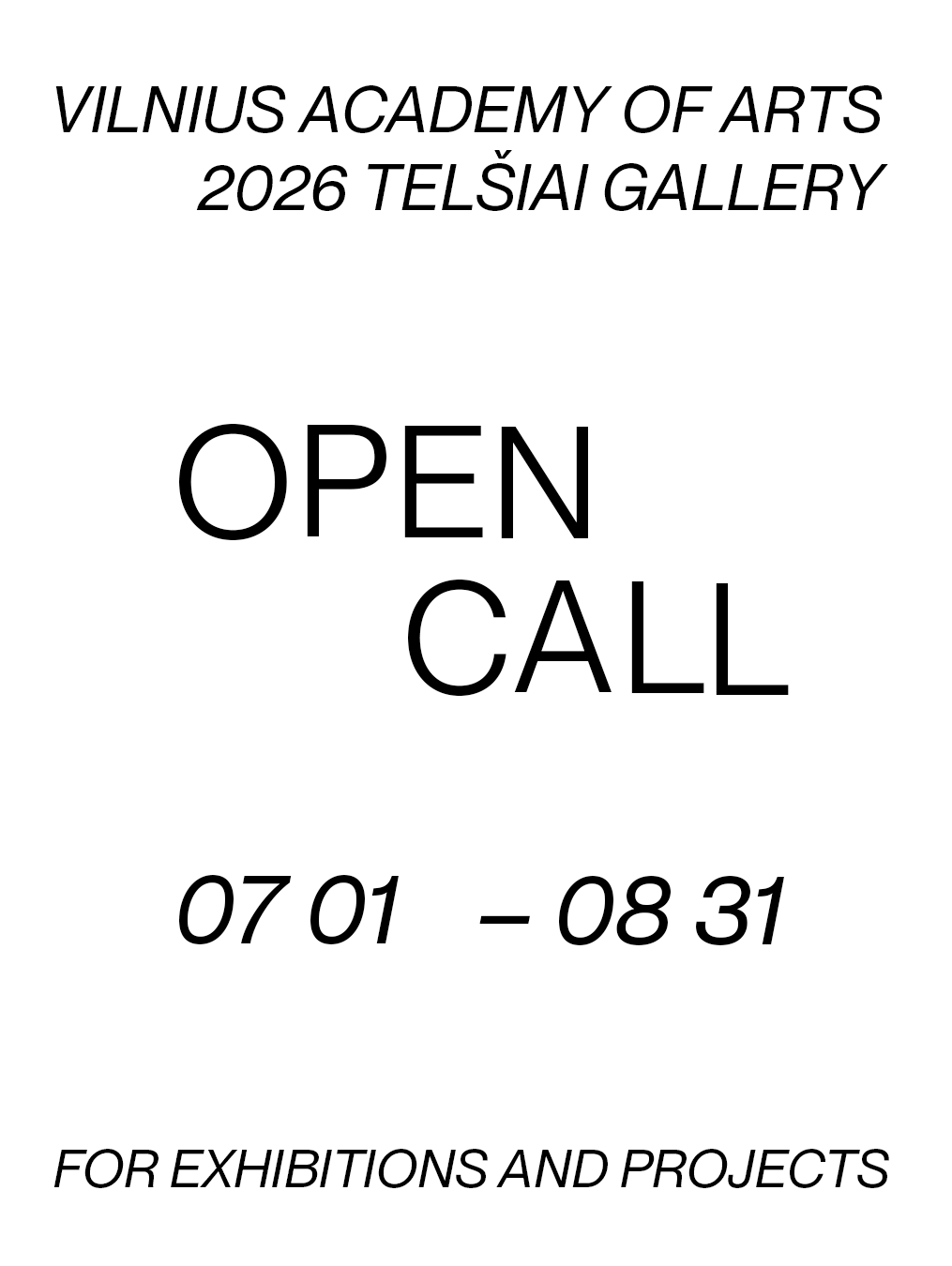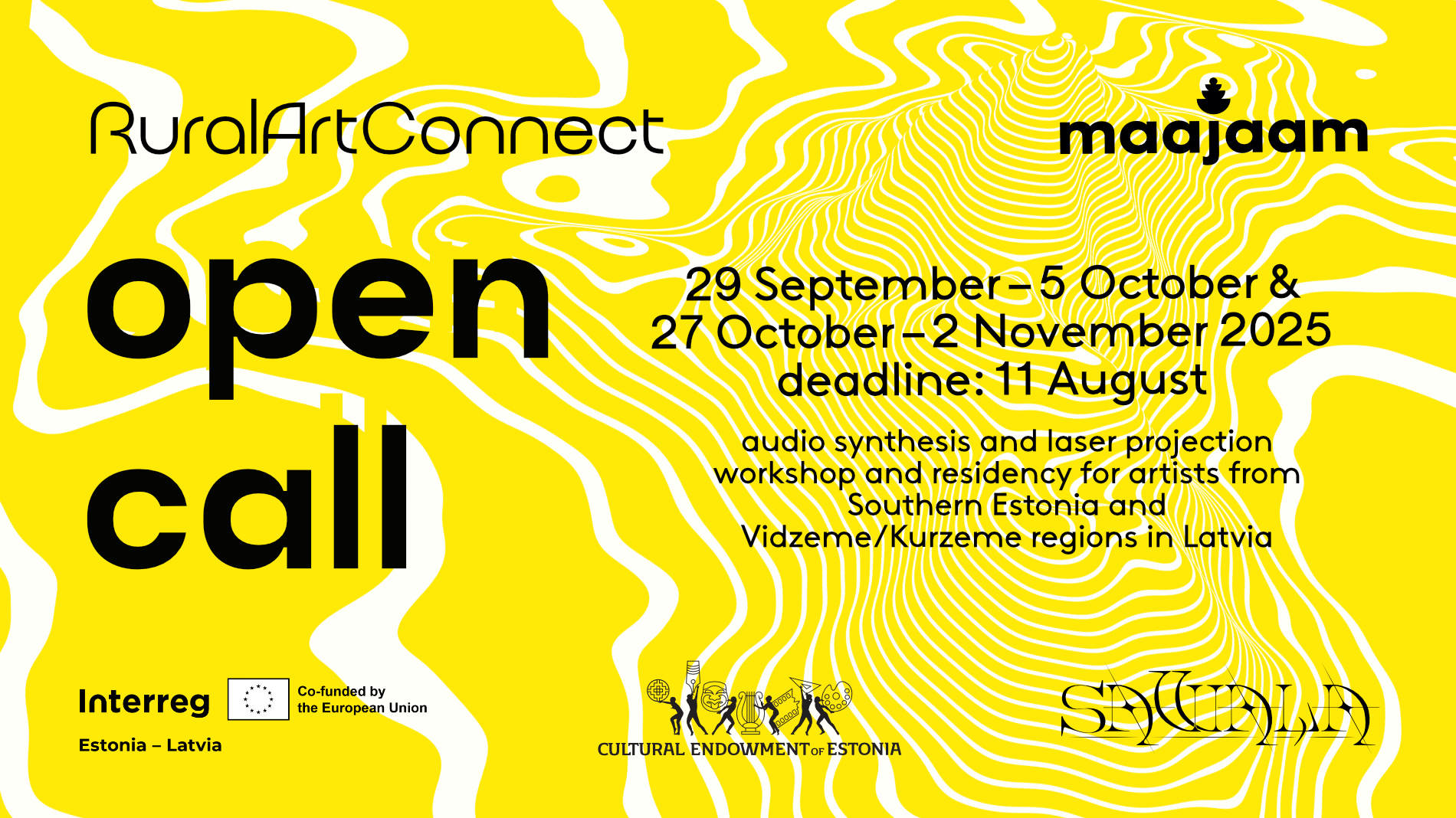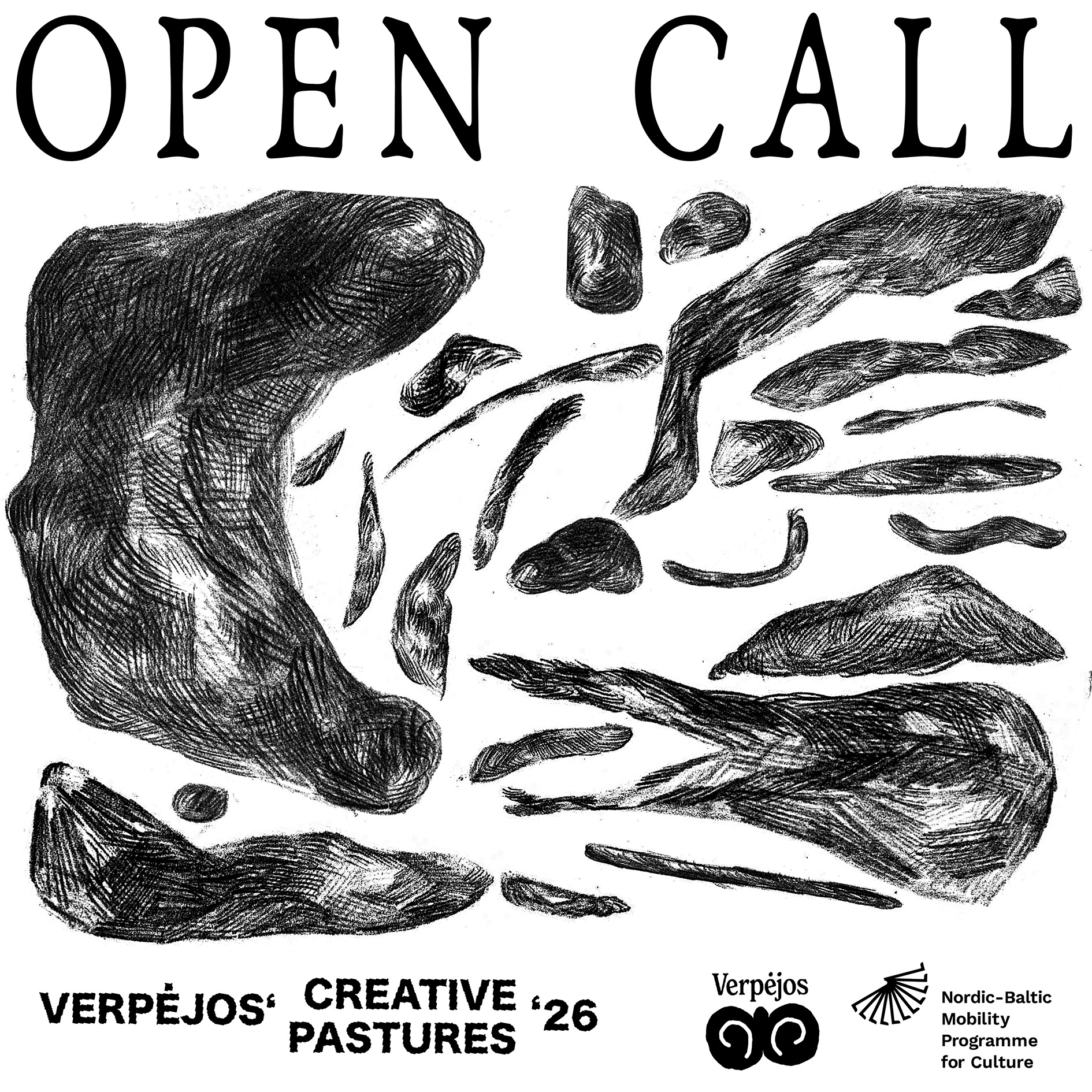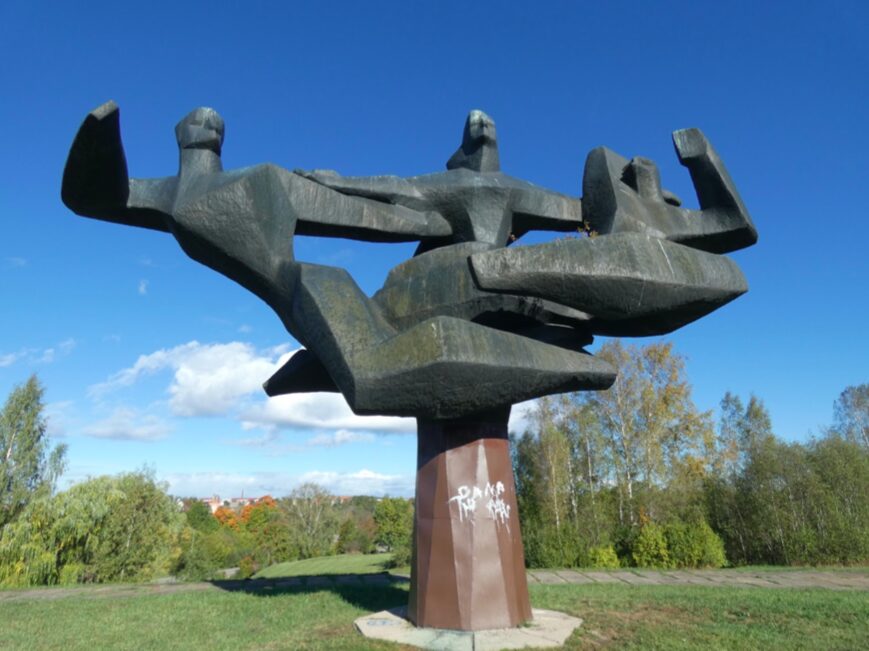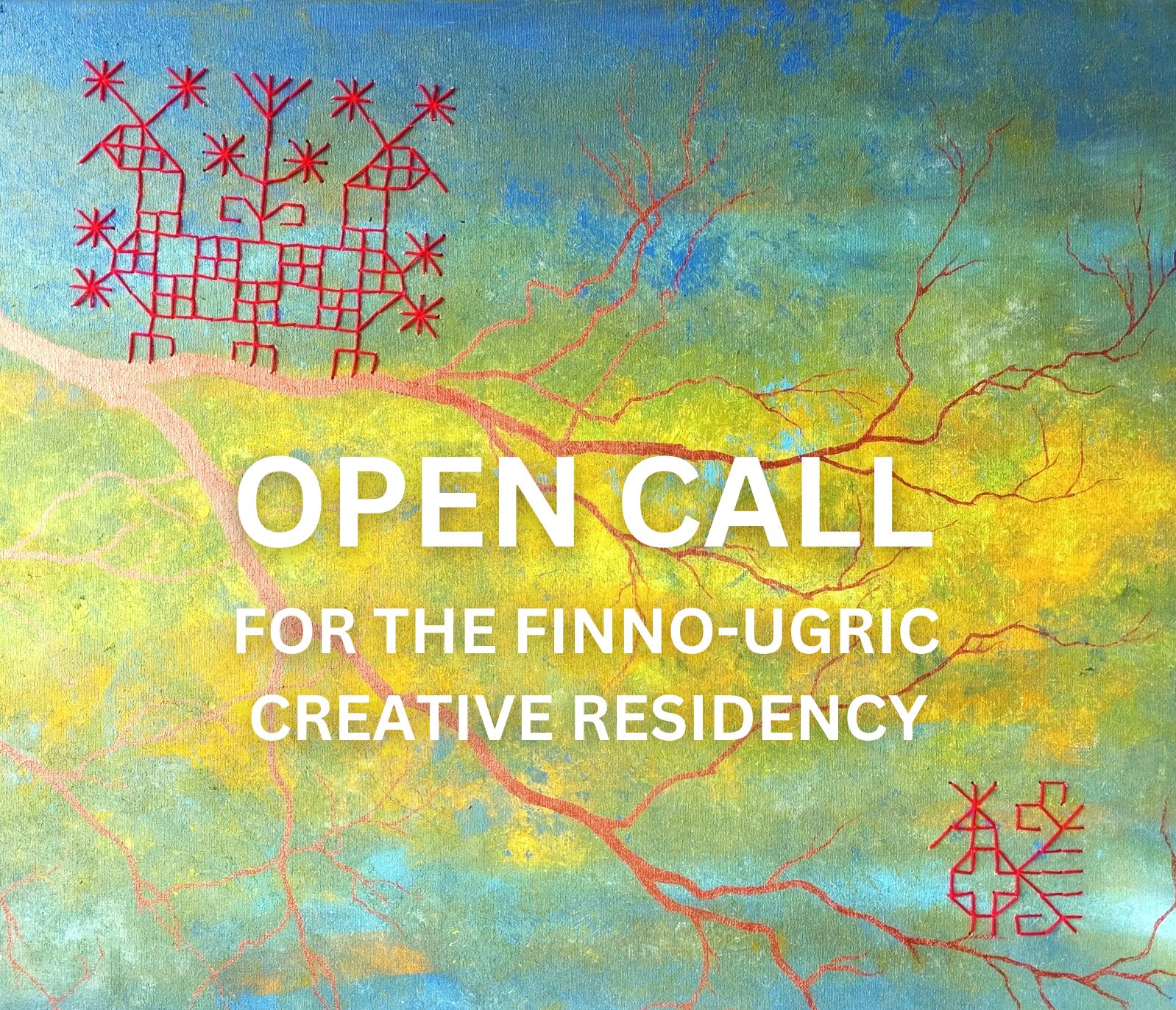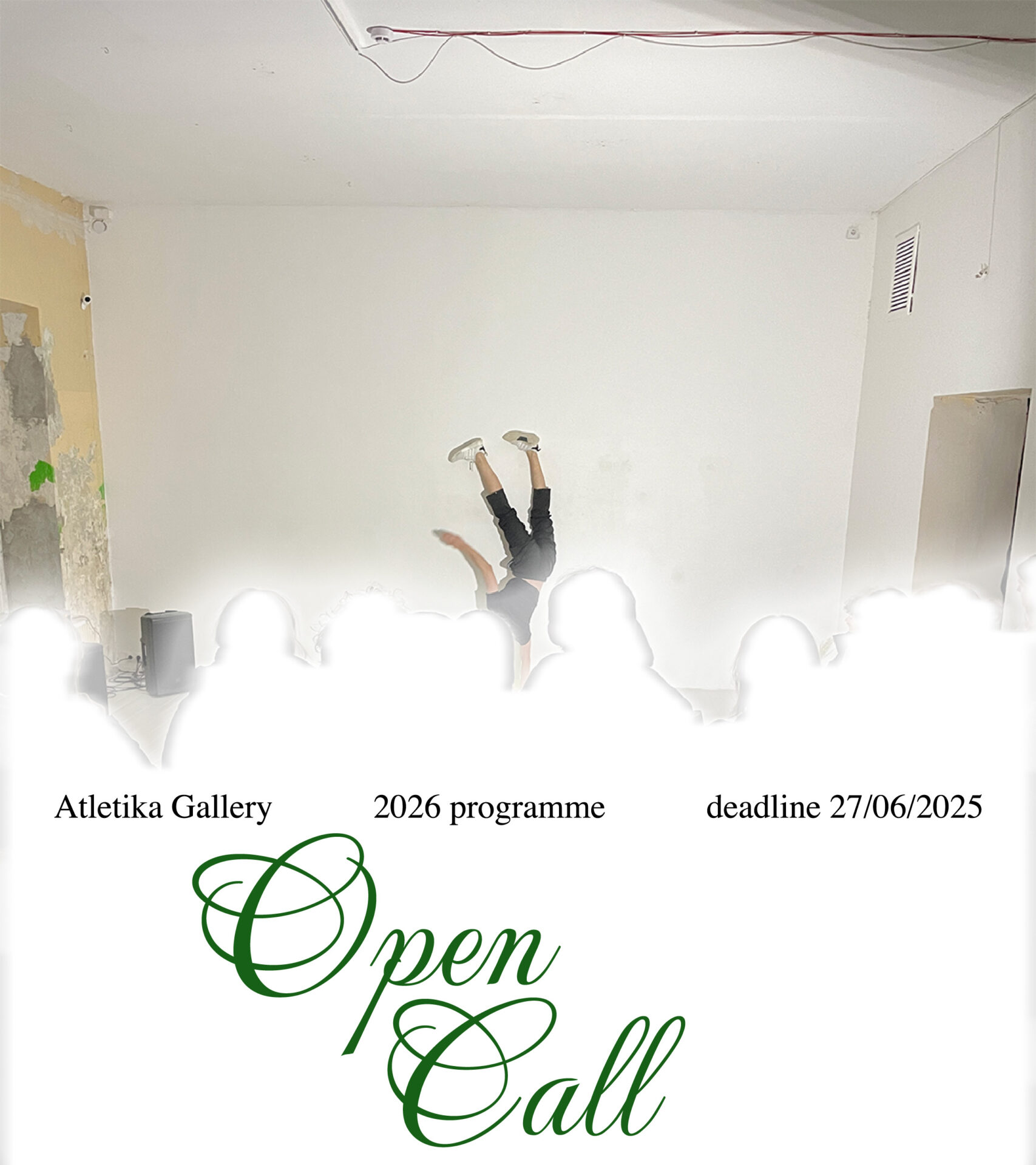Before I got the opportunity to experience Marija Rinkevičiūtė’s artistic work and her excellent exhibition at the Irène Laub Gallery, I kept thinking What Remains would be an ideal title for an essay collection, an exhibition or any kind of artistic project. The phrase, ‘what remains’, stuck with me and I couldn’t shake it from my mind. Scepticism began seeping in—surely someone had used it already, and indeed, it turned out to be the title of Rinkevičiūtė’s great exhibition.
There are a few reasons why I kept thinking about Rinkevičiūtė’s exhibition. Her works resonate perfectly with the atmosphere of Brussels, where she also earned her master’s in painting at the Royal Academy of Fine Arts. Brussels, to me, is in Finnish—as a friend of mine, a former assistant for a Member of the European Parliament, described the city—ihana pikku haisuli.
That’s difficult to translate. Haisuli isn’t really a standard Finnish word; it’s a noun formed from haista, meaning ‘to smell’. It is also the Finnish name for the Moomin character created by Tove Jansson, known in English as Stinky. A literal translation of the phrase might be ‘lovely little stinky’, but that fails to capture the spirit of the city in the way I feel it. It’s not pejorative but a term of endearment for something slightly offbeat, funky and charming.
For a long time, I was somewhat hesitant about visiting Brussels, partly due to reading Charles Baudelaire as a wannabe goth in high school. Baudelaire is perhaps the most famous Belgophobe in literary history. He moved to Belgium late in life, hoping the country would revive his career, providing him the freedom to publish his text and the opportunity to edit his compilation of texts. Instead, the cultural atmosphere disappointed him. He found no life in the streets and complained of a pervasive smell both outdoors and indoors, the smell of haystack. His bitterness was later compiled posthumously in Pauvre Belgique! (Eng. Poor Belgium!).
I’m not suggesting Rinkevičiūtė’s works are rotten or smelly. Far from it. But there’s a kind of verdigris in her practice—a weathered, material presence that shares a familial resemblance with the everyday city life of Brussels.
I might be interpreting Rinkevičiūtė’s work too emphasised from the perspective of Brussels. She has a longer history with material arrangements in her artistic practice than her works in What Remains, and, at the moment, she is not based in Brussels, though she had a residency at the time of the exhibition at Fondation CAB Brussels.
As a city, Brussels doesn’t only stink, and there is indeed life on the streets. The lovely little stink is there because of waste and rubbish everywhere, due to a strange waste management system. Still, Belgians produce less waste than the average EU citizen.
Anyway! Another and more thematically compelling reason why Rinkevičiūtė’s work lingers in my mind is her concept of ‘rejoicing nostalgia’. Her artistic play with materials—bleached colours, monochromes, found objects, fragile structures—evokes a distinct sense of nostalgia but not the clichéd, reactionary kind.
Rinkevičiūtė’s nostalgia is rejoicing materially. It’s not always clear whether her works are paintings, sculptures, installations or mixed media, and that doesn’t matter. They operate together. The faded colours and textured surfaces make you wonder: what kind of life did these materials lead before they became art? They create their own sense of nostalgia with different logic.
Rinkevičiūtė originally studied monumental art at the Vilnius Academy of Arts. And some of her works do feel monumental despite being fragile. They seem barely able to stand under their weight, yet they hold space with quiet power. I would love to see how she constructs her monochrome pieces and which found materials she uses. Her works raise questions about their fate, history and lifespan.
I’ve grown increasingly sceptical about applying theory in art reviews, especially when it feels like contemporary art jargon is being projected onto works that never asked for it. Still, Rinkevičiūtė’s work does offer an experience that reminds me of how Theodor W. Adorno once described atonal music: something extreme and unanchored in tradition. The pieces could also be interpreted as just pure artworks, not based on the exact tradition of certain techniques or the properties of their materials.
And yet, if we do speak of the so-called new materialism in contemporary art, Rinkevičiūtė births concrete ideas (in this case nostalgia in a non-derogatory context), inspiring the viewer to think through artistic processes, the definition and continuity of artworks, the task of processing materials and their combinations. Her process becomes a kind of thinking—a meditation on material, continuity and transformation. Some are titled poetically: box painting, tree skin. According to the exhibition text, one material used for most of the works is distemper paint.
From the street, where some of Rinkevičiūtė’s works were installed in the gallery’s vitrine, the Irène Laub Gallery looked like an abandoned stationery or print shop. Once again, perfectly in tune with Brussels as a city which feels like the promised land for hoarders. In Rinkevičiūtė’s hands, nostalgia isn’t merely eerie; it becomes something else entirely, a friendly ghost.
Marija Rinkevičiūtė’s exhibition What Remains was on view at the Irène Laub Gallery in Brussels from 22 May to 5 July 2025.
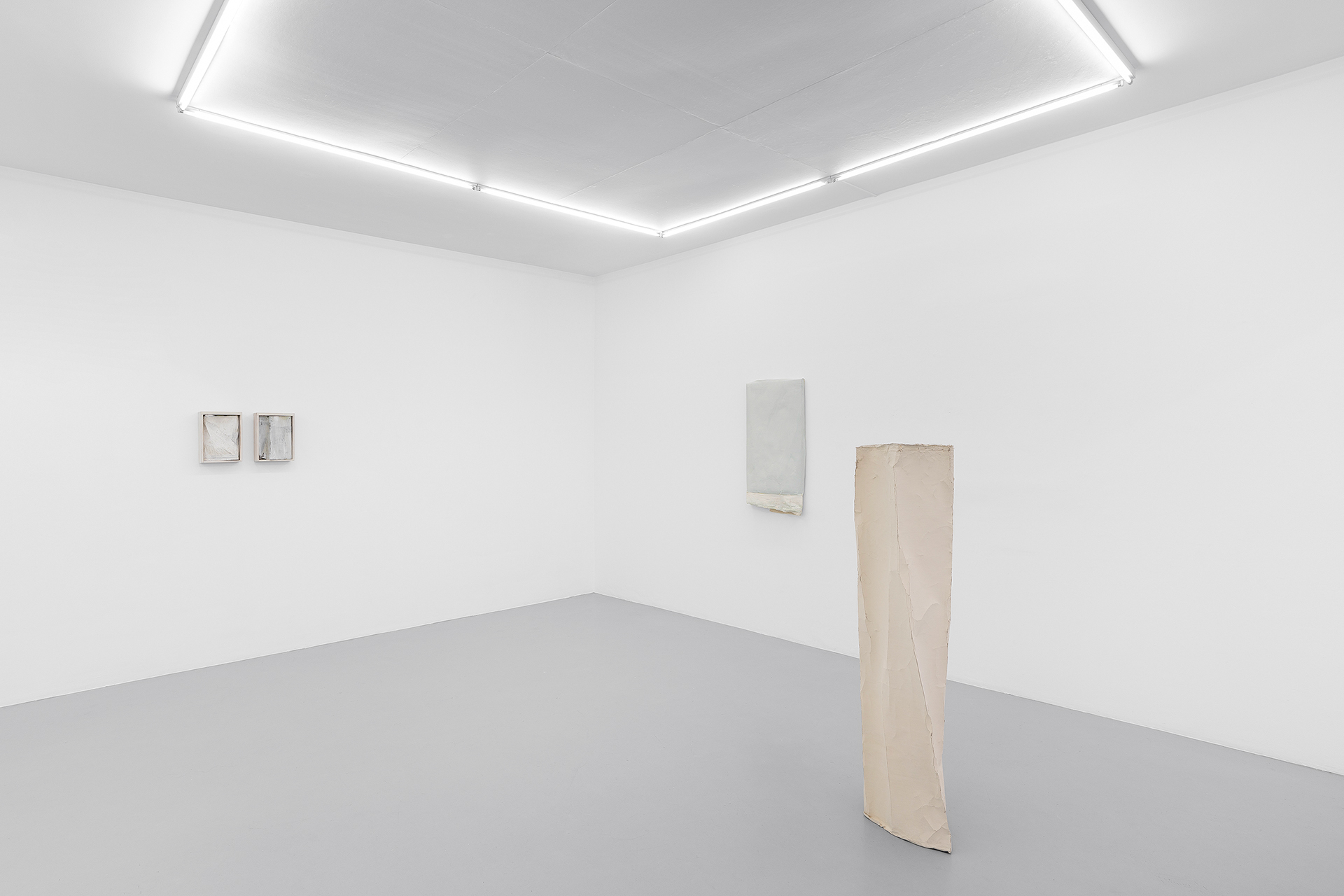
Marija Rinkevičiūtė, ‘What Remains’, exhibition view, Irène Laub gallery, Brussels, 2025, Photo: Hugard & Vanoverschelde
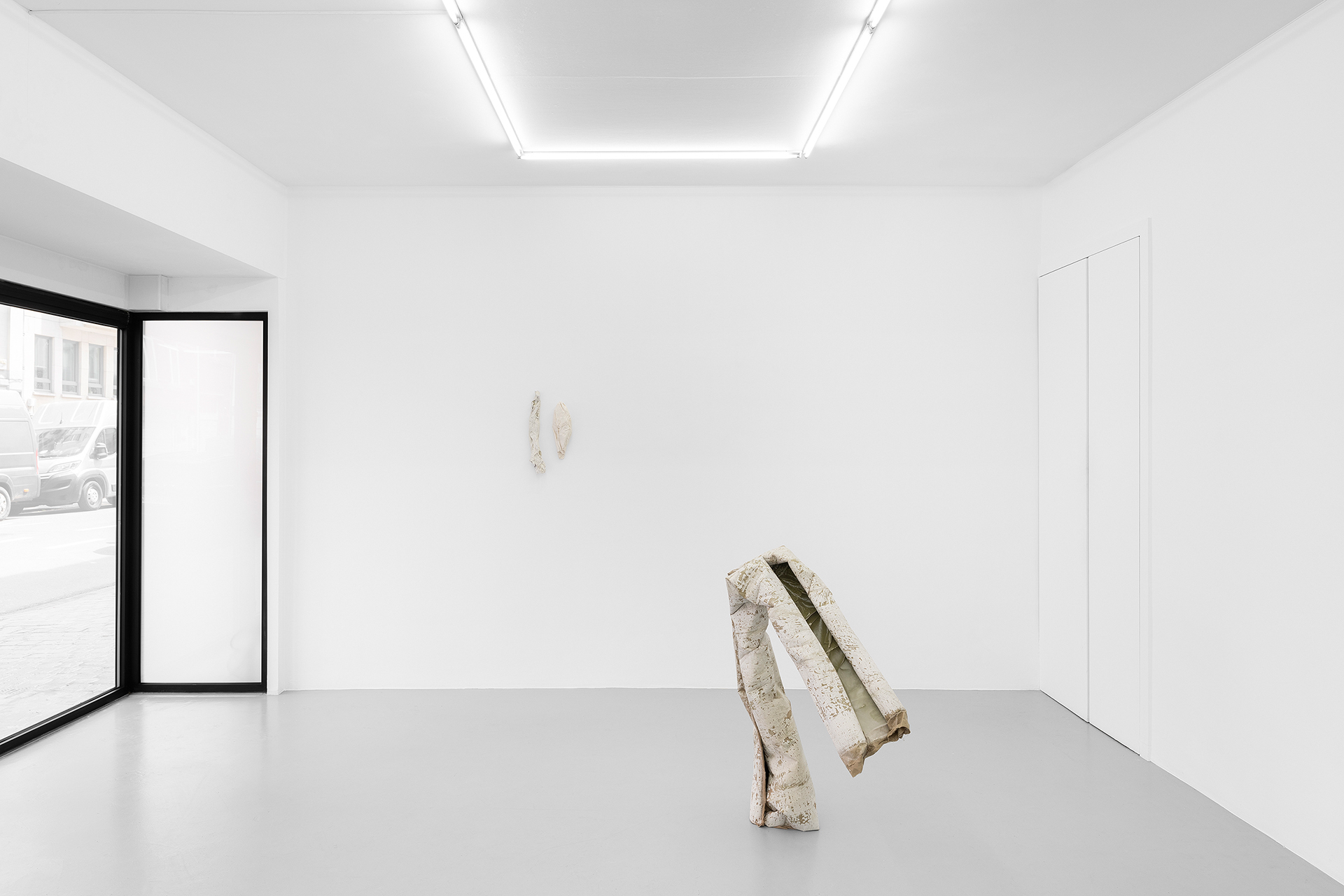
Marija Rinkevičiūtė, ‘What Remains’, exhibition view, Irène Laub gallery, Brussels, 2025, Photo: Hugard & Vanoverschelde
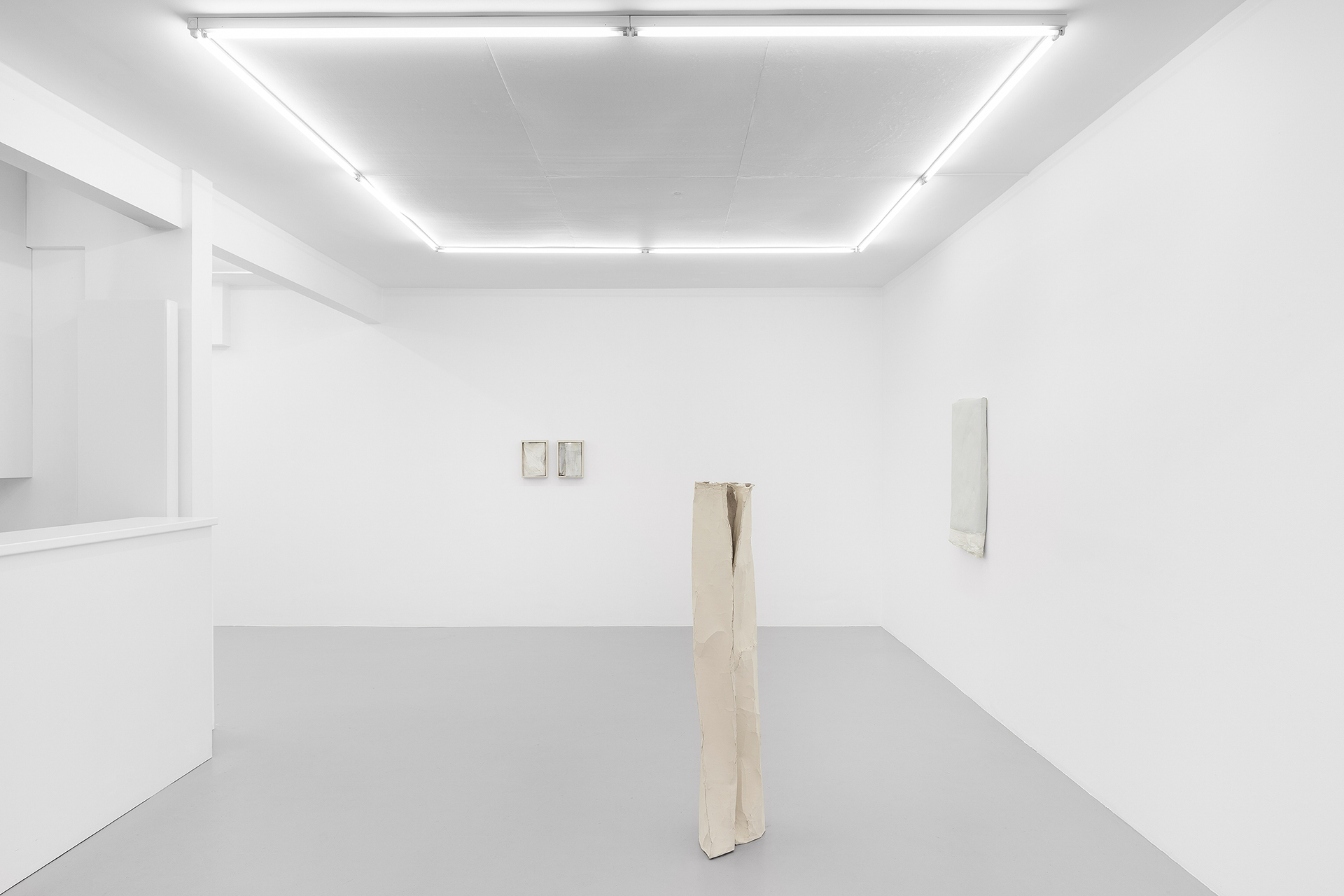
Marija Rinkevičiūtė, ‘What Remains’, exhibition view, Irène Laub gallery, Brussels, 2025, Photo: Hugard & Vanoverschelde
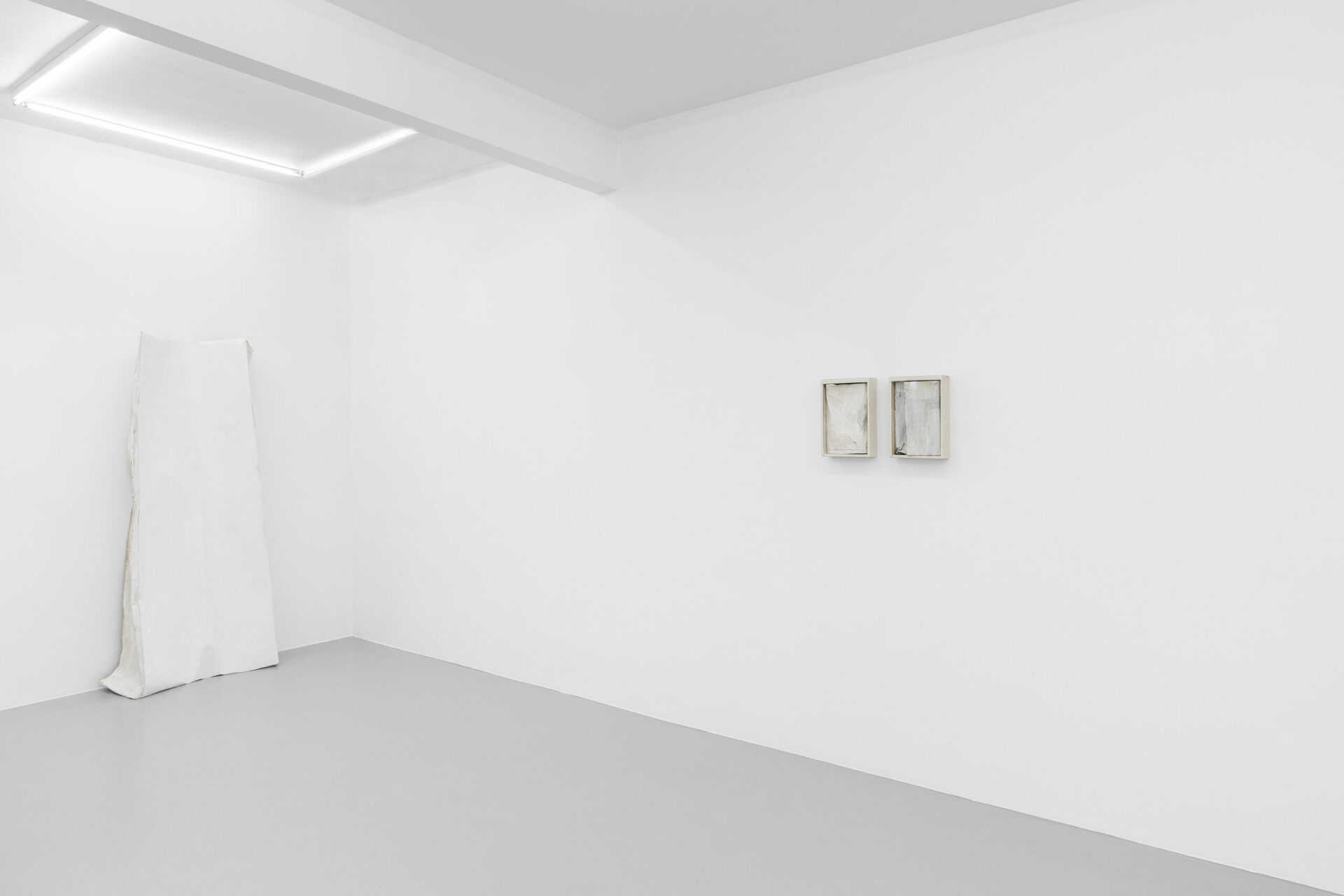
Marija Rinkevičiūtė, ‘What Remains’, exhibition view, Irène Laub gallery, Brussels, 2025, Photo: Hugard & Vanoverschelde
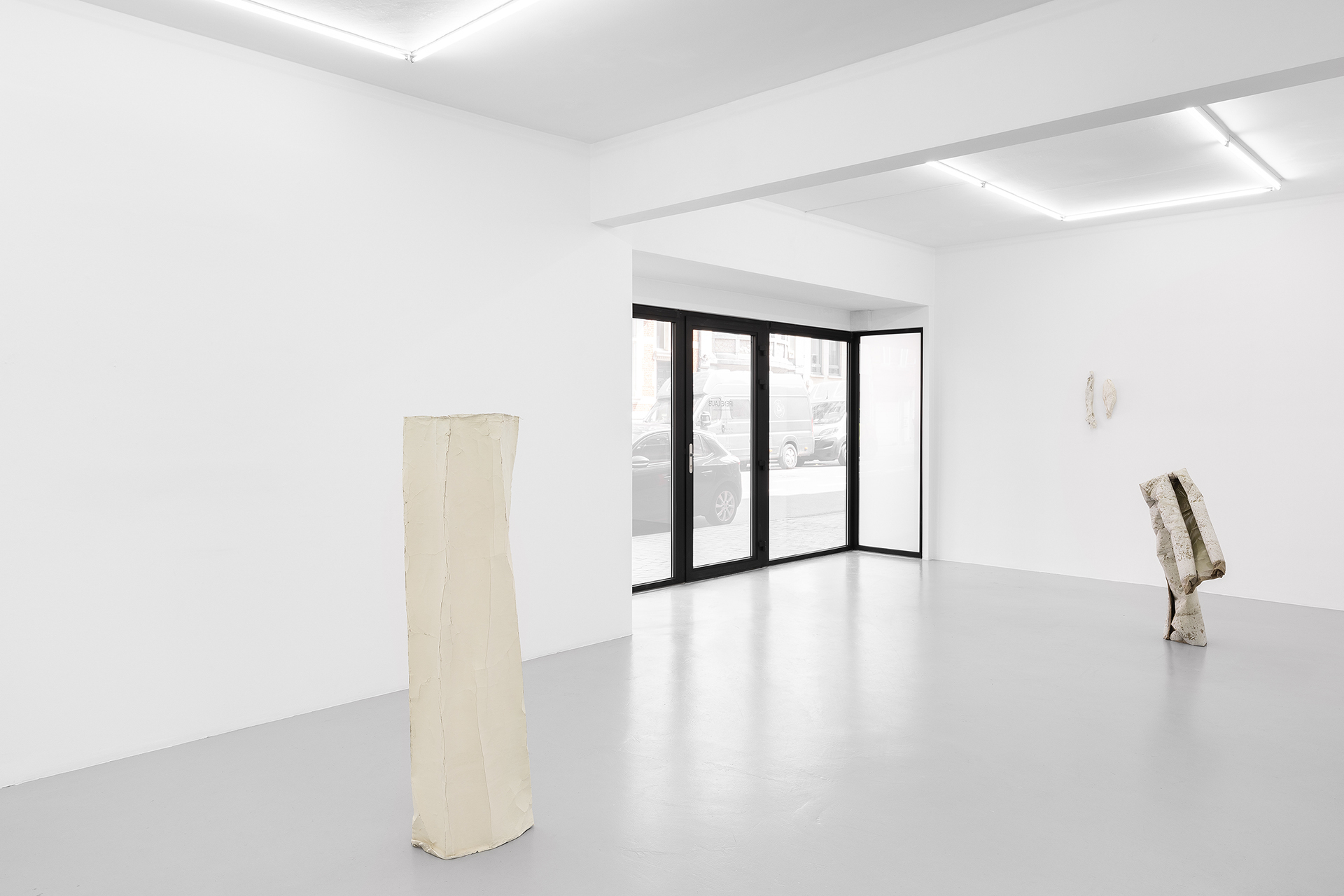
Marija Rinkevičiūtė, ‘What Remains’, exhibition view, Irène Laub gallery, Brussels, 2025, Photo: Hugard & Vanoverschelde
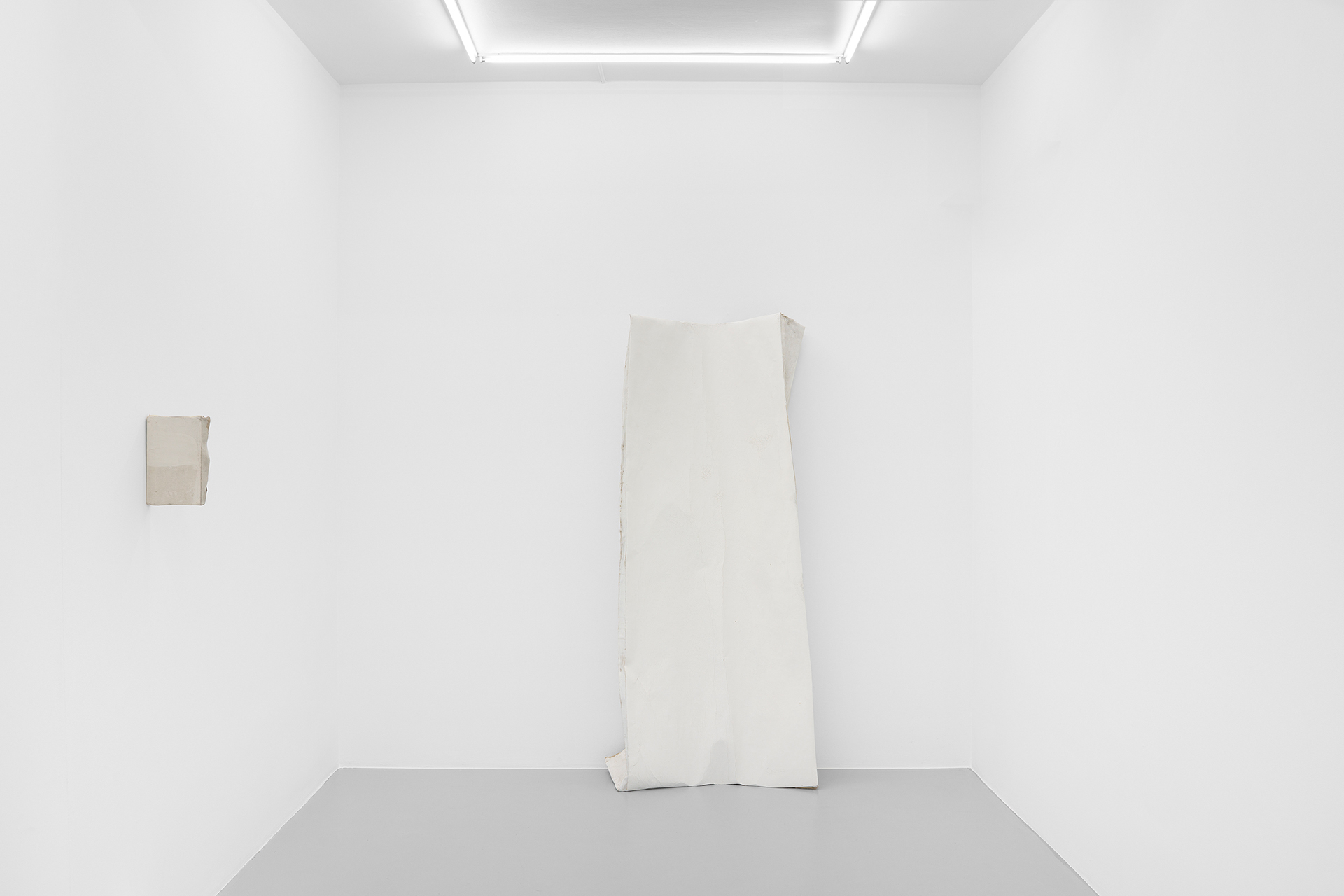
Marija Rinkevičiūtė, ‘What Remains’, exhibition view, Irène Laub gallery, Brussels, 2025, Photo: Hugard & Vanoverschelde

Marija Rinkevičiūtė, ‘What Remains’, exhibition view, Irène Laub gallery, Brussels, 2025, Photo: Hugard & Vanoverschelde
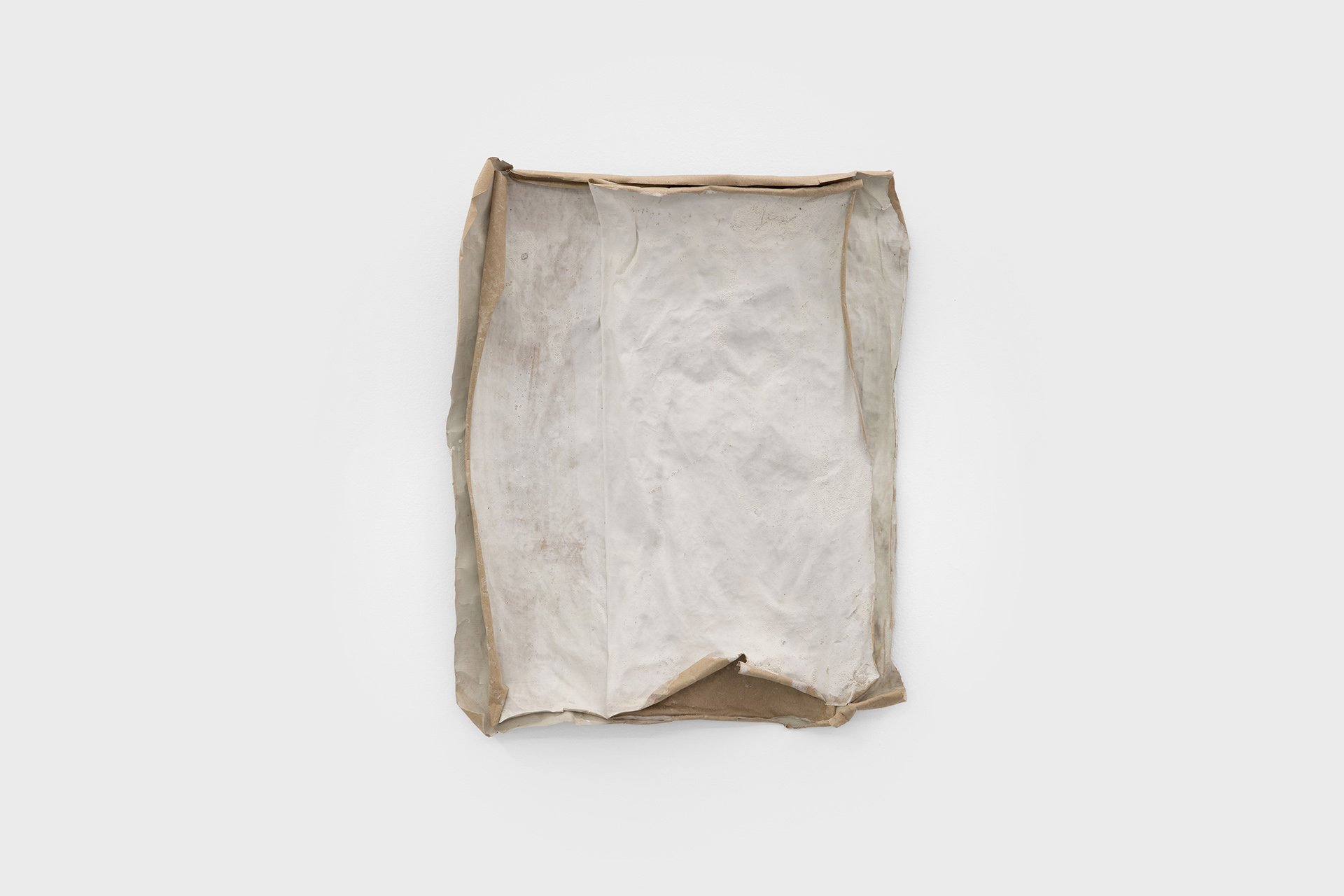
Marija Rinkevičiūtė, ‘What Remains’, exhibition view, Irène Laub gallery, Brussels, 2025, Photo: Hugard & Vanoverschelde
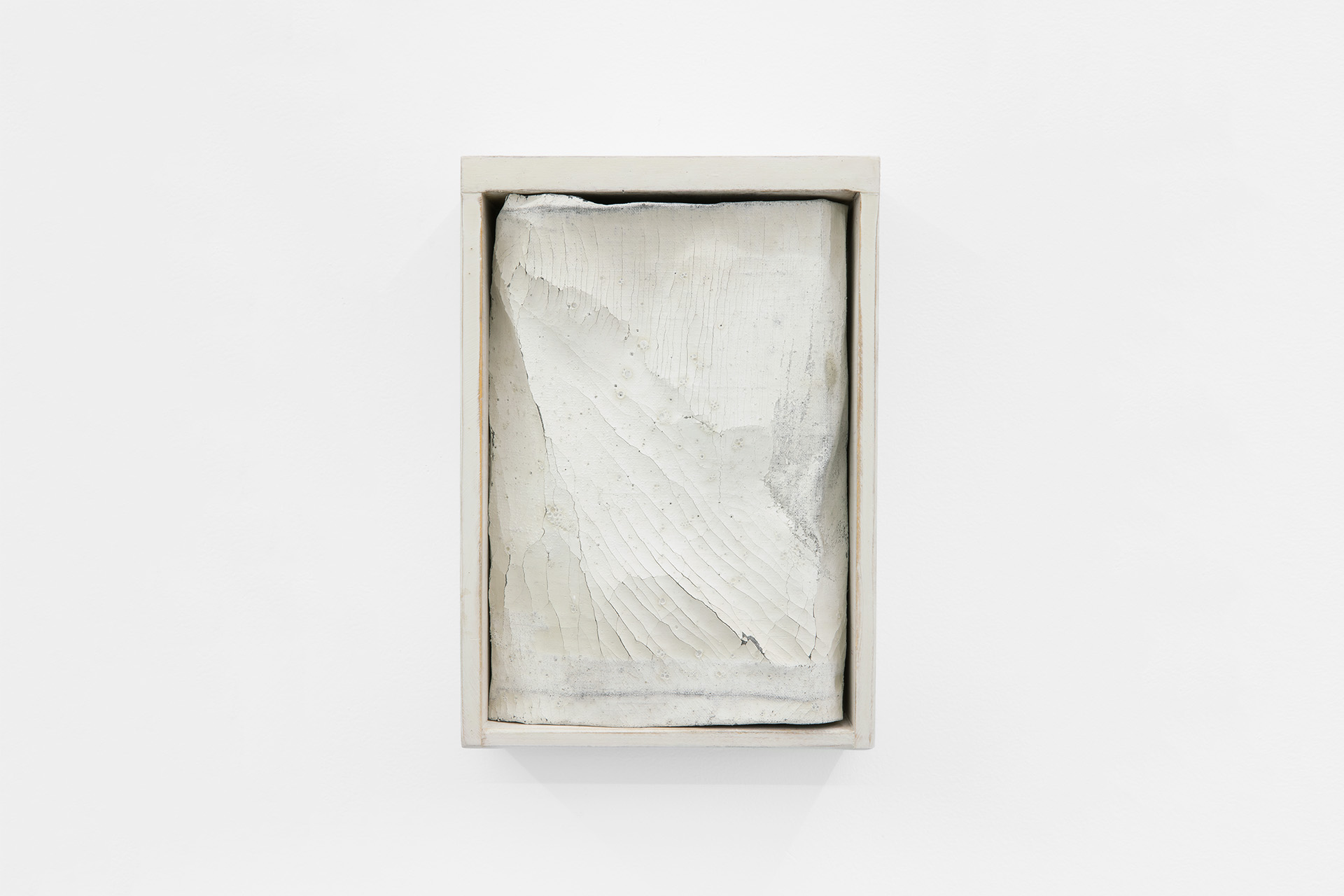
Marija Rinkevičiūtė, ‘What Remains’, exhibition view, Irène Laub gallery, Brussels, 2025, Photo: Hugard & Vanoverschelde
